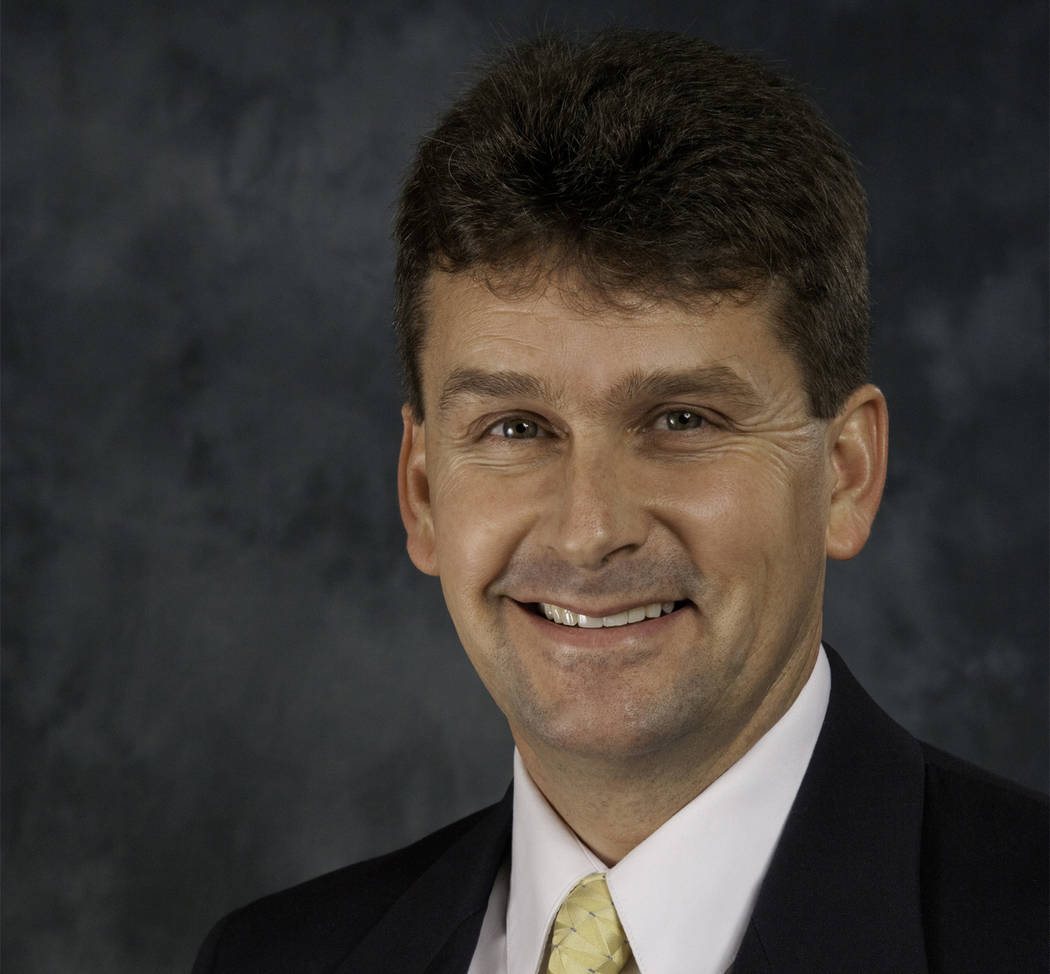City’s true identity remains hidden
Millenials and our offspring comprise the me, me, me generations. Social media entices us to daily reveal to the world who we think we are. We go to great lengths to define ourselves on Facebook, YouTube, Instagram, Pinterest and Snapchat. But many of us struggle with online authenticity, exaggerating our strengths and minimizing our weaknesses.
And sometimes those struggles aren’t just limited to our social media selves. We suffer from an identity crisis, not completely sure of who we really are, often allowing others and their opinions to determine our thoughts, words and actions.
Identity is who we really are, especially on the inside. It’s not just how others see us or even necessarily how we see and define ourselves. True identity includes our core values and beliefs. It includes our heritage and legacy, the innate characteristics we acquired from our parents and grandparents and those we’ll pass on to our children and grandchildren. To a degree, it also includes our genuine personality, how we think, act and interact with others when all the facades and veneers are stripped away.
Of course, the roles we play in society, the various hats we wear, our titles, hobbies and interests, our memories and our dreams for the future can all help to shape our identity, as well. But resume builders and vanity-plate fillers like doctor, ski bum, dancer, president, national champ or beauty queen don’t really get at the core of who we really are. Because 20 years from now we might be plumbers, couch potatoes, also-rans or cancer survivors instead. In terms of our true identity, what we do or like or look like isn’t too important. Those things change over time. It’s what we are (or are becoming) that matters most.
Cities, like people, occasionally experience identity crises, too. As a community, we sometimes question who we really are. Or we have so many individual voices, opinions and interest groups screaming for attention that we feel compelled to please everyone, to be all things to all people. And that winds up taking the focus away from the real “us,” causing the essence of what we’re all about to get lost in the chaotic shuffle.
So, beneath all the fluff and rhetoric, what is the real Boulder City? What’s unique, fundamental, authentic and constant about our core persona and identity? What is it about us that transcends counterfeit facades, fads and latest and greatest “new” ideas?
After listening to citizens for many years, one thing has become clear to me. As a group, we don’t have a firm grasp on what our identity is. At least we haven’t sufficiently solidified it in our collective consciousness. In other words, we haven’t ever clearly identified our identity, much less branded and marketed it in a unified fashion. And that’s not just a crisis; it’s a travesty. Because, until we do, we’ll continue to regret lost opportunities and miss out on synergies that other communities that know their true identity repeatedly parlay to their collective benefit.
Sometimes people say things like, “Why can’t we be more like Sedona, Arizona? If we’d just model ourselves after their successes, then we’d be golden, too.” Or Santa Barbara. Or Palm Springs. Or Branson, Missouri. Or Jackson Hole. Or Cape Cod. Or wherever your favorite destination is. Why not be more like them?
“Well,” I say, “for starters we’re not even remotely like them now. And we haven’t yet made a conscious decision to become like them. And, by the way, have you taken the time to think about what those places are like at the core and whether we really want Boulder City to become those things?”
Don’t get me wrong, Sedona is a great place. But the touchstones of Sedona’s identity include a strong commitment to a new-wave artsy theme supported by a huge hospitality industry, including thousands of timeshare units and hotel rooms. Is that really what we want Boulder City to be? If so, then we need to drastically change the vision of who we are, the direction we’ve been traveling for several decades, and our long-standing policies on development.
Branson, Missouri? A great place, too. But think of all the miles of theaters, theme parks and billboards we’d need to erect to house and advertise the country and pop music tributes, variety shows and pageants that it hosts, not to mention the ancillary guest accommodations.
Anaheim or Orlando? Yes, they’re the happiest places on earth. But we’re definitely not Disneyland. And we shouldn’t pretend that we are, either.
So, if the real Boulder City isn’t any of those places, then what are we? What is it that truly defines us? You can say it in a variety of ways, but in my opinion, authentic Boulder City is the town that built Hoover Dam. Not only is the dam our reason for being, it’s still the one thing that’s truly unique about Boulder City.
It informs every aspect of our local history, helped inspire the entire nation during the dark times of the Great Depression, made widespread settlement of the previously uninhabitable Western U.S. possible and, as Councilman Kiernan McManus noted last week, is still far and away the biggest draw to our historic little town.
Don’t just take our word for it. You can weigh in, too. The city just embarked on a process to update its Envision 2020 strategic plan. The foundational step in the process is to identify our true identity, then hone in on a handful of critical target goals designed to make that vision a reality. Let’s not let apathy or divisiveness be the hackers that steal our identity. It’s time to come together and capitalize on bona fide Boulder City.
Rod Woodbury is mayor of Boulder City. He has been serving on the City Council since 2011 and is the president and managing shareholder of his law firm, Woodbury Law.





